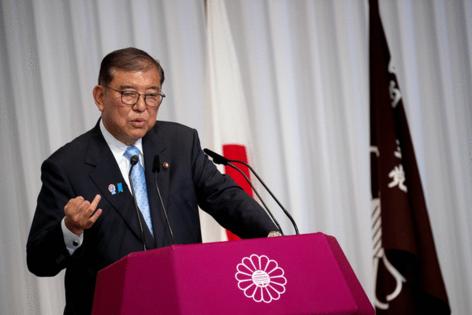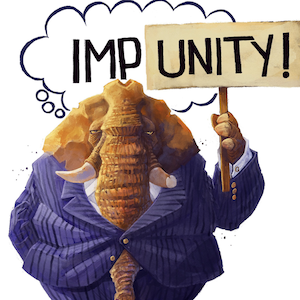Japan's ruling party reportedly to set leadership race on Oct. 4
Published in News & Features
Japan’s ruling party is set to decide when and how an upcoming leadership race will be held, after Prime Minister Shigeru Ishiba’s resignation announcement triggered a vote to choose his successor.
The Liberal Democratic Party is considering holding a full-scale leadership election with the participation of over 100,000 rank-and-file party members from across the nation on Oct. 4, according to local media reports including broadcasters NHK and TBS. LDP officials see a need to sound out all its members, given the need to revive the party’s fortunes, NHK reported.
Holding a full-scale vote could give an edge to leading potential candidates who have support among LDP members nationwide, not just among lawmakers in Tokyo. Pro-reform Agriculture Minister Shinjiro Koizumi, is more popular among LDP supporters than his rival former Internal Affairs Minister Sanae Takaichi, according to recent local media surveys.
Takaichi, on the other hand, has strong backing from lawmakers and some heavyweights within the party. The hawkish, pro-stimulus lawmaker also has an edge over Koizumi in opinion polls among overall voters, a factor that might influence parliamentarians considering the party’s election prospects.
A full-scale leadership election would give each of the 295 LDP parliamentary lawmakers one vote each and allocate an equal number of votes to the some 105,000 fee-paying party members. That leaves the contenders fighting over 590 ballots. In an abridged version, lawmakers would get one vote each, while every prefectural branch would get three, bringing the total number of ballots down to 436.
Over the coming weeks, the focus will be on Takaichi, who appeals to the right-wing base of the party, and Koizumi, who has touted reform and has more liberal tendencies. They finished second and third respectively in the previous leadership race last year.
For the ruling party, the choice between them is a potentially existential question of whether to woo disaffected right-wing voters by revisiting the party’s easy money formula of the past decade or to try to rebrand itself as a younger, fresher party with an eye on a future built on reform.
Whoever wins will be tasked with governing the country as the leader of a ruling party with no majority in either parliamentary chamber, and will have to negotiate with smaller opposition parties to implement policy.
No one has formally announced their candidacy yet, though former Foreign Minister Toshimitsu Motegi has spoken of his desire to stand in the race and is expected to declare on Wednesday. Takaichi and top government spokesman Yoshimasa Hayashi also intend to run, according to local media reports, but have yet to formally announce their candidacies.
Koizumi told reporters on Monday that he will make a decision on whether to participate “after considering what I can do to unify the party.”
Other potential contenders, including Takayuki Kobayashi, a younger lawmaker who has support from the right-wing of the party, and Finance Minister Katsunobu Kato have said they are carefully weighing what to do.
Former Foreign Minister Taro Kono is another possible candidate. He told Bloomberg TV on Tuesday that he was still “sleeping on it,” when asked if he would stand.
Candidates need support from 20 other lawmakers to stand in the race.
©2025 Bloomberg L.P. Visit bloomberg.com. Distributed by Tribune Content Agency, LLC.







Comments